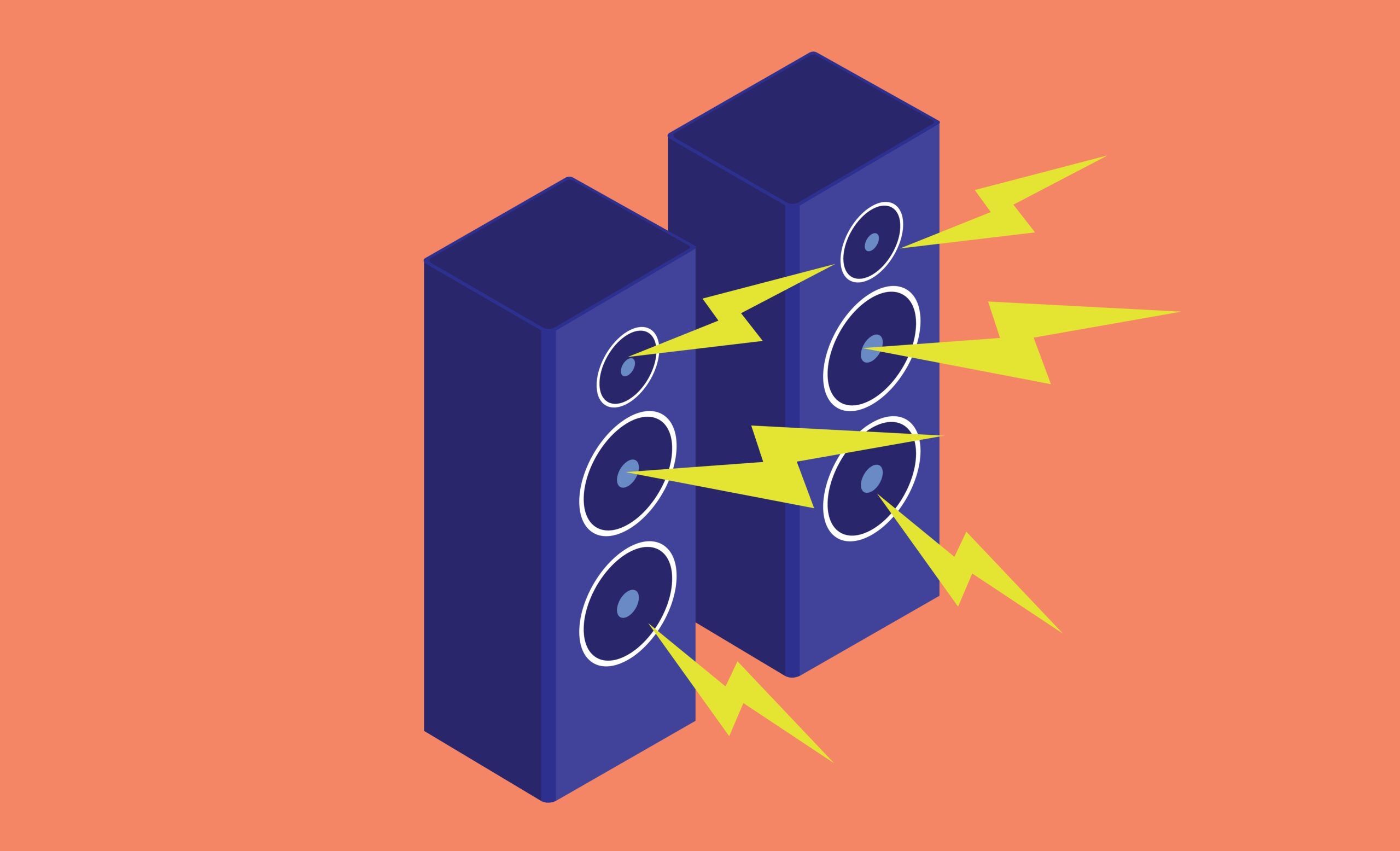Pain is a normal part of life. It’s the body’s alarm system telling us something is wrong. When you sprain your ankle or touch something hot, your nervous system sends signals to the brain to move those body parts away from danger to protect it. This is acute pain and it usually fades once the injury heals.
But for millions of people, pain doesn’t fade. Instead, it lingers for months or even years after the original injury has healed. This is chronic pain and it happens because the nervous system continues to send amplified pain signals, even when there is no real danger or damage. Understanding acute vs chronic pain is key to knowing why some people struggle with long-lasting discomfort.
Why the Nervous System Gets “Stuck” in Pain Mode
The sensory nervous system can become dysfunctional for several reasons:
- Nerve sensitization: After repeated pain, nerves can become hypersensitive and send stronger signals than necessary.
- Inflammation: Inflammation, though painful, heals in the short term. But ongoing inflammation in tissues or joints can keep pain pathways active and firing, and can even interfere with complete healing.
- Poor healing or instability: Joint injuries may not return to their pre-injury state. When connective tissues do not fully heal, no matter how long ago the trauma was, the nervous system stays on high alert.
- Brain involvement: Memory and emotions like stress, trauma or fear can reinforce pain patterns, making the body continue to “expect” pain even when the injury is gone. Chronic pain is in no way, just physical. It becomes a complex interaction between the old trauma itself, along with ongoing hormones and neurotransmitters involved in pain signal transmission.
This explains why pain can linger after injury, even if tissues have healed. The nervous system remains “stuck” in pain mode, continuing to fire signals long after the original problem is resolved. Then, of course, when connective tissue doesn’t fully heal from an injury, pain will be ongoing.
When Normal Pain Becomes Abnormal
Think of pain signals like music. Normal, acute pain is like a sharp note that plays when you’re hurt. Once you heal, the music softens and the volume turns down.
But in chronic pain, the music doesn’t stop but gets stuck on repeat, sometimes playing louder and more obnoxious with time. It’s as if someone turned the volume knob all the way up and broke it off. You’re left listening to a blaring noise you can’t shut off, even though the band has packed up and left.
The Role of Memory and Emotions in Chronic Pain
The brain is powerful. Just like hearing a song can trigger an emotional memory, pain can also become tied to memory and emotions. Stress, anxiety, or past trauma can amplify physical pain, making the nervous system “remember” pain signals even when no injury remains.
This is why chronic pain is more than just a physical problem, it’s also about how the brain and body continue to process stimuli long after the original incident is gone.
Hope for Turning the Volume Down
Understanding how acute pain can turn into chronic pain is the first step to recovery. By addressing both the nervous system and the body’s healing, it is possible to calm overactive pain pathways, enhance connective tissue healing and finally “turn the volume down” again.
Take the Next Step Toward Relief
If you’ve been living with pain that just won’t go away, know that there is hope. At ProlotherapyNow, we help people uncover the root causes of their chronic pain and provide regenerative therapies to restore balance and healing.
Don’t let pain control the volume of your life. Call 909-981-9200 today to schedule your visit and start your journey toward lasting relief.
Dr. Ayo Bankole
Dr. Ayo Bankole has been providing regenerative injection techniques such as Prolotherapy, Platelet-rich Plasma, Prolo-ozone, Neural and Perineural Therapy for over fifteen years. He is a California-licensed naturopathic doctor with advanced training in Prolotherapy and Regenerative Injection Therapy.
He is a member of the American Osteopathic Association of Prolotherapy and Regenerative Medicine www.prolotherapycollege.org and offers natural, non-invasive solutions for chronic pain conditions.
To learn if our regenerative techniques such as Neural and Prolotherapy are right for you schedule your free 15-minute Discovery Call or by calling 909-981-9200.

